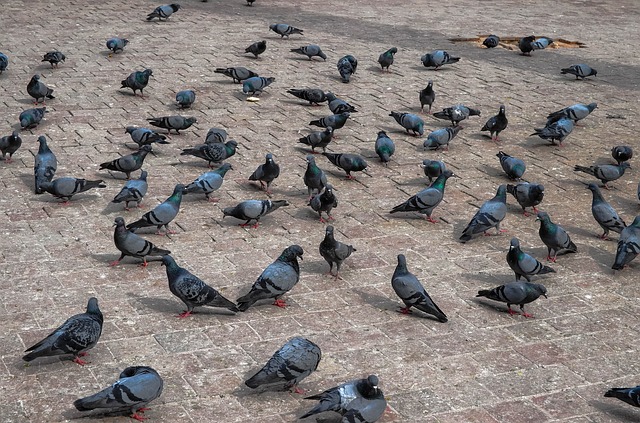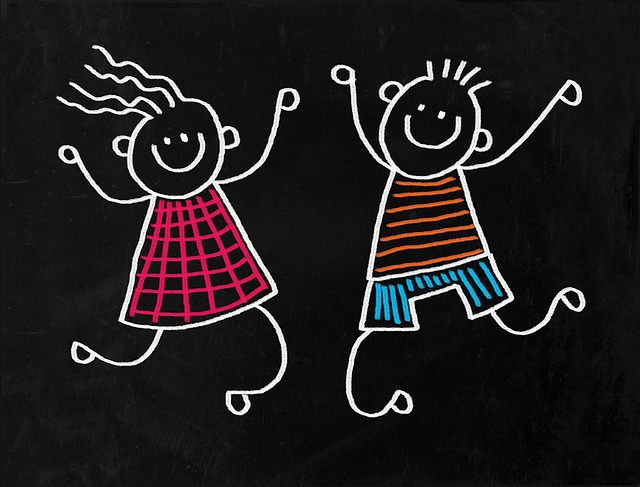Lighten Up, Mrs. Bretzing
As another school year nears an end, I recall the feelings I experienced as a teacher during those final weeks in May. The students are restless, the teachers are tired, and we can almost taste the sweetness of summer vacation beckoning with teasing fingers. Concentration is difficult, classroom management has slackened, and everyone knows exactly how many days are remaining.

I’ll never forget one sluggish morning in May a few years ago. It was 10:15 and the allotted time for second-grade recess. Even though it was a hot day, the children were anxious to escape the classroom and play. Grabbing their recess snacks from backpacks, they practically ran outside. I understood. I was as anxious for a break as they were.
There was a popular recess snack among second graders that spring. It started with a couple of students and escalated to become the snack of choice. It came in a sealed package and was intended to be cooked on the stove. The children ate it raw. The fad? Ramen.
Breaking up the noodles presented a problem which we addressed on a number of occasions. It made a mess on the blacktop, inviting pigeons anxious for a morning snack as well. Ramen would be allowed, as long as we didn’t see evidence of it.
Upon completion of morning recess, I went out as usual to pick up my students. I was greeted with two wiggly lines and a flock of pigeons eating what looked like an entire package of broken Ramen noodles scattered on the ground. Reading the exasperated expression on my face, the students quieted and became subdued as I exclaimed, “Who is responsible for this?”
Sometimes adults ask ridiculous questions. Did I really think a hand would go up with a confession? Of course not. Going quickly into lecture mode, I continued, “You may think you got away with this. However, there is always one person who knows. Who is that person?”
Having many previous discussions on integrity, the answer I was looking for was, “YOU”. You always know when you have made a bad choice. Finally, a single hand raised timidly in answer to my question. It was Sydney, one of the more mature girls in the class. As the others looked on solemnly, I flashed an encouraging smile, repeating the question to add emphasis. “Yes, Sydney, who is it that always knows when we have made a bad choice?” She gave me a one-word answer, but it wasn’t the word I was expecting. With all innocence she confidently proclaimed, “Santa”.
Instantly the tension dispelled as I broke into resigned laughter. “Yes, Sydney. It is Santa.” With that, I led the class back to the room, leaving the pigeons to enjoy their feast.







